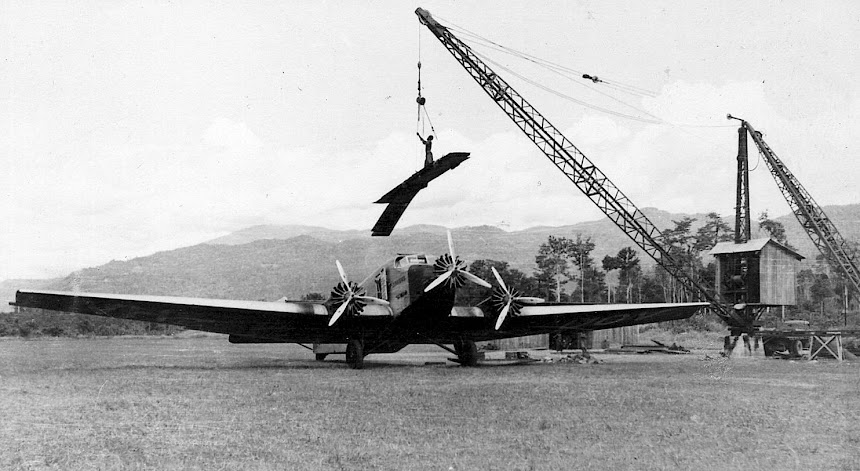Morobe Mining Joint Venture partners, Harmony and Newcrest, will be held responsible for any incidents involving cyanide, according to stipulations in the International Cyanide Management Code.
Harmony last week admitted that there were “higher-than-expected” sediment levels in the
MMJV is paying K2.6 million to affected villagers as the Bulolo joint district planning and budget priorities committee (JDPBPC) has engaged an Australian-based PNG toxicologist to measure pollution levels as well as environmental lawyer Tiffany Nonggor, who is already well-known in the Ramu Nico case.
South African miner Harmony and Newcrest of Australia, which are joint venture partners in the
The code is a voluntary industry programme for the gold mining industry to promote:
- Responsible management of cyanide used in gold mining;
- Enhance the protection of human health; and
- Reduce the potential for environmental impacts.
“Companies that become signatories to the code must have their operations audited by an independent third party to demonstrate their compliance with the code,” according to the code website.
”Audit results are made public on this web site to inform stakeholders of the status of cyanide management practices at certified operations.”
The website adds: “The code is a voluntary initiative for the gold mining industry and the producers and transporters of the cyanide used in gold mining.
“It is intended to complement an operation’s existing regulatory requirements.
“Compliance with the rules, regulations and laws of the applicable political jurisdiction is necessary; this code is not intended to contravene such laws.
“The code focuses exclusively on the safe management of cyanide that is produced, transported and used for the recovery of gold, and on cyanidation mill tailings and leach solutions.
“The code originally was developed for gold mining operations, and addresses production, transport, storage, and use of cyanide and the decommissioning of cyanide facilities.
“It also includes requirements related to financial assurance, accident prevention, emergency response, training, public reporting, stakeholder involvement and verification procedures.
“Cyanide producers and transporters are subject to the applicable portions of the code identified in their respective verification protocols.
“It does not address all safety or environmental activities that may be present at gold mining operations such as the design and construction of tailings impoundments or long-term closure and rehabilitation of mining operations.”

K2.6M as compensation is outragoeus. How can money compare with the biodiverse destruction with hazardous substances like cyanide tailed through the river systems of the Watut/Wau/Bulolo areas? In compensation MMJV has to makesure the livelihood of the affected people are adequately addressed. 1. How can they ensure clean river systems affected by the mining? 2. What has MMJV has got for the affected people and ecosystems of the local plants and animals, who will defintley rely on the river systems polluted by the mining venture?
ReplyDeleteThe people of Watut river systems should be compensated more than K2.6m. They should be assured of a clean, safe and healthy environment during and generations after the mining.
PS
With the experiences of Ok Tedi still hot on our hands, it is highly possible that there have been some advise to MMJV to employ best practice mining techniques in the first place to avoid sediment build up in the river system. If that was the case, MMJV was not paying attention.
ReplyDeleteThe sedimentation is something MMJV will try to address now because of poor mining techniques (most probably) but I believe they are doing their best to prevent the cyanide level buildup in the river system.
We will only know if cyanide is alarmingly present in the river system only after the study by the toxicologist.
Only an independent study will prove the facts and thanks to MP Sam and the team for the timely move in engaging the toxicologist.
Mandik